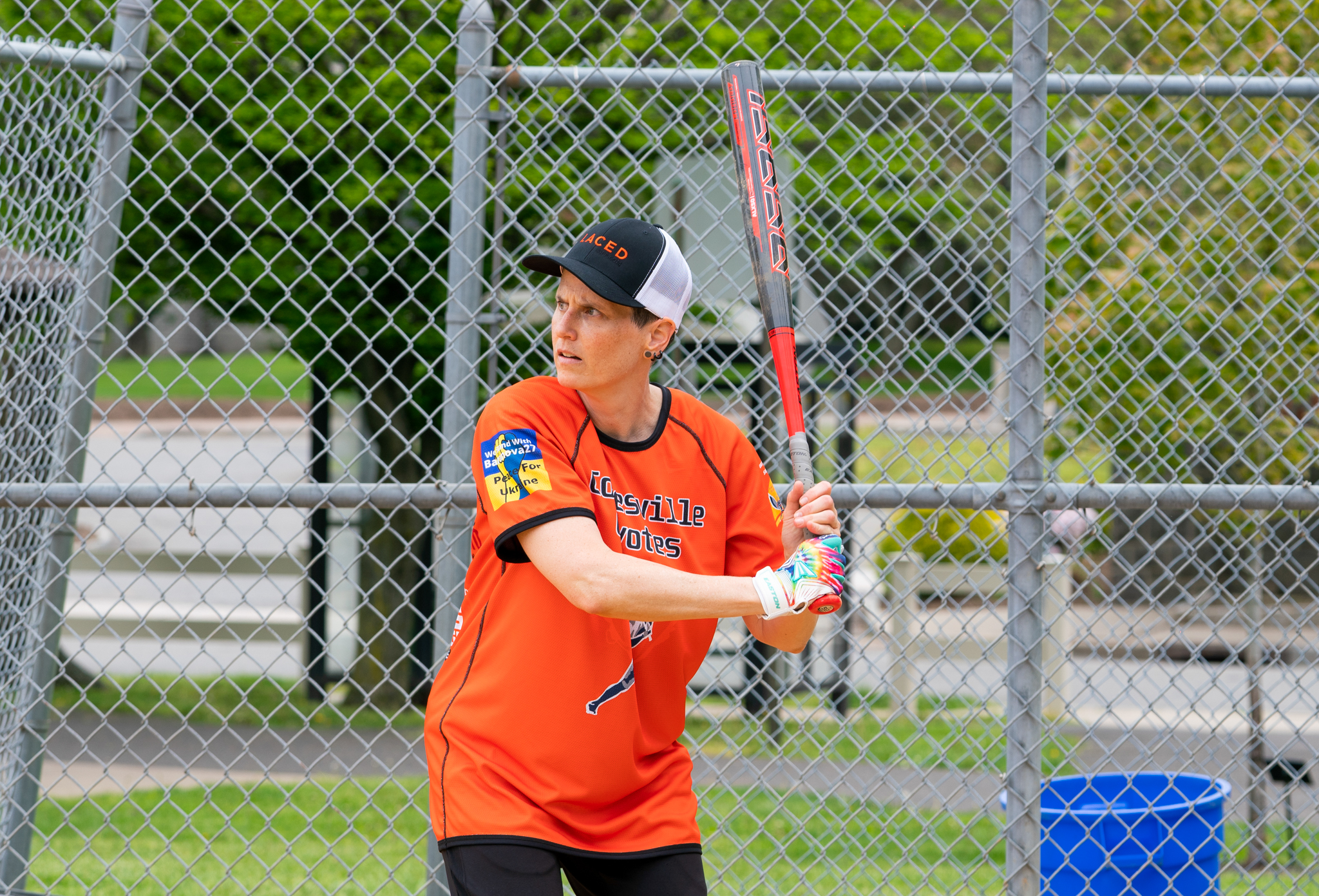
Delayed Onset Muscle Soreness (DOMS) is a common phenomenon that occurs after engaging in physical activities, especially when playing sports like softball. DOMS can affect adults of all ages and can have a significant impact on the days following practice or gameplay. This blog post will explore the causes of DOMS, its effects on the body, the importance of recovery, and recommendations for effective recovery strategies for adults in their 20s, 30s, 40s, 50s, and 60s. Additionally, we will highlight the physical, mental, and social benefits of engaging in sports such as softball.
Understanding DOMS: Causes and Effects
DOMS is the muscular pain and stiffness experienced 24 to 72 hours after engaging in new or intense physical activities. It is caused by microscopic damage to muscle fibers, which triggers inflammation and results in pain and discomfort. The severity of DOMS can vary depending on the intensity of the activity, the individual’s fitness level, and age.
Recovery: Why It’s Important and How to Recover
Proper recovery is crucial to minimize the effects of DOMS and reduce the risk of injury. Recovery strategies should consider age and fitness level, and include adequate rest, nutrition, hydration, and active recovery methods.
- Nutrition and Hydration: Consuming a balanced diet with sufficient protein, carbohydrates, and healthy fats is essential for muscle repair and growth. Additionally, staying hydrated with water and replenishing electrolytes is critical for optimal recovery.
- Rest and Sleep: Giving the body time to rest between activities allows it to repair and rebuild damaged muscle tissue. Aim for 7-9 hours of sleep each night to support the recovery process.
- Active Recovery: Incorporate low-intensity activities like cycling or swimming to promote blood flow and expedite the healing process.
- Stretching: Including warm-up and cool-down stretches helps to increase flexibility, reduce the risk of injury, and alleviate DOMS symptoms.
- Massage and other Therapies: Massage, ice baths, cryotherapy, and contrast therapies (alternating hot and cold treatments) can help reduce inflammation and promote healing.
- Yoga and Compression: Yoga improves flexibility and blood flow, while compression garments can aid in reducing swelling and muscle soreness.
- Elastic Therapeutic Tape (Kinesiology Tape): Using kinesiology tape can provide support, reduce pain, and enhance the body’s natural healing process.

Playing Safe and Within Limits
It is essential for adults of all ages to play and practice within their limits to minimize the risk of injury and ensure they can continue enjoying sports. Older adults should pay particular attention to their bodies’ signals and prioritize safe gameplay.
Conclusion
Delayed Onset Muscle Soreness (DOMS) is a common side effect of engaging in sports, affecting adults in their 20s, 30s, 40s, 50s, and 60s. Understanding the causes of DOMS and implementing appropriate recovery strategies can help minimize its impact and support continued participation in sports. Always remember to play within your limits, prioritize safety, and have fun while engaging in physical activities.
Here are some sources that may be helpful in understanding DOMS and recovery strategies:
- Cheung, K., Hume, P., & Maxwell, L. (2003). Delayed onset muscle soreness: treatment strategies and performance factors. Sports Medicine, 33(2), 145-164. https://doi.org/10.2165/00007256-200333020-00005
- American College of Sports Medicine. (2018). ACSM’s guidelines for exercise testing and prescription. Philadelphia: Wolters Kluwer.
- National Sleep Foundation. (2021). How much sleep do we really need? Retrieved from https://www.sleepfoundation.org/how-sleep-works/how-much-sleep-do-we-really-need
- Halson, S. L. (2014). Sleep in elite athletes and nutritional interventions to enhance sleep. Sports Medicine, 44(Suppl 1), 13-23. https://doi.org/10.1007/s40279-014-0147-0
- Harvard Medical School. (2021). The importance of stretching. Retrieved from https://www.health.harvard.edu/staying-healthy/the-importance-of-stretching
- Egan, B., & Zierath, J. R. (2013). Exercise metabolism and the molecular regulation of skeletal muscle adaptation. Cell Metabolism, 17(2), 162-184. https://doi.org/10.1016/j.cmet.2012.12.012
Disclaimer
The information provided in the preceding blog article is for general informational purposes only and is not intended to serve as medical advice, diagnosis, or treatment. The content presented is not meant to replace professional medical advice or consultation from a qualified healthcare provider.
Before engaging in any sports, such as softball, or other physical activities, it is strongly recommended that readers consult with their doctor or another healthcare professional to determine the appropriateness and safety of the activity for their individual circumstances, taking into account any pre-existing medical conditions, physical limitations, or other health-related factors.
Always seek the advice of your healthcare provider with any questions or concerns you may have regarding your health, fitness, or participation in physical activities. Never disregard professional medical advice or delay seeking it because of something you have read on this blog.
By using the information provided in the blog article, you agree that the blog owner and authors are not responsible for any consequences, injuries, or damages that may result from your choice to follow the information presented.
